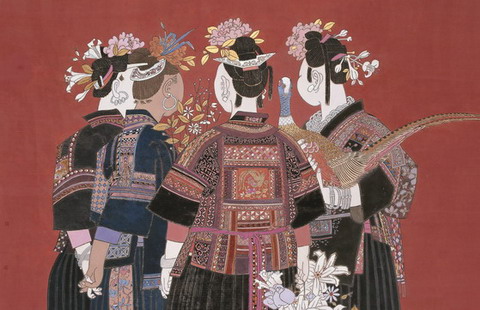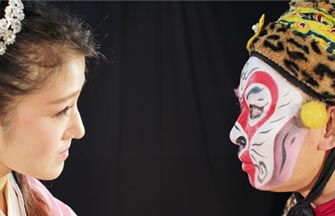Calligrapher ready for Chinese Language Day
By Wang Kaihao ( China Daily ) Updated: 2014-04-17 10:10:12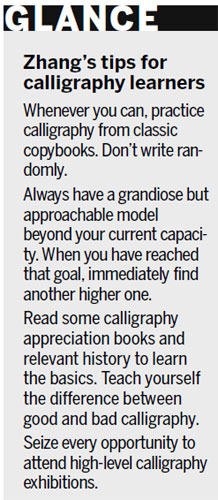
"It's an interesting cultural communication promoting Chinese calligraphy among the UN's staff," he says. "They generally prefer viewing caoshu (cursive script), which resembles totems or pictures, and perhaps is easier for Westerners to understand. However, when I taught them writing, they suddenly found that cursive was too difficult to learn, and they all switched to regular script."
Zhang's studio organized a team of 100 people, most of whom are UN staff members, in July 2013, to write a 100-meter-long scroll - the United Nation's charter in Chinese calligraphy - in the Forbidden City.
"The UN is a good platform to promote calligraphy, but it cannot be the only one," Zhang adds.
"Now Confucius Institutes are all over the world, but there are not so many professional calligraphers in their class. That is our next step for cooperation in the future."
Zhang has also opened a calligraphy class in Incheon National University in South Korea, as another channel for regular academic symposiums enhancing communications between Chinese and South Korean calligraphers.
He says he did not think South Koreans would be familiar with Wang Xizhi, but he was surprised by how much they knew. He is now more confident traditional Chinese arts can become better known around the world.
Zhang, who began to teach calligraphy on TV as early as 1990, laments that many people in China have strayed from the right way to learn the art form.
"We have to admit that calligraphy belongs to ancient times because we no longer use the brush as a writing tool," he explains.
"We should take the express train back to look at works from certain periods of history. No matter how creative we are, we have to base our knowledge on the classics and existing rules rather than create something bizarre we have never met before. That differs from other art forms.
"Calligraphy is part of aesthetics and philosophy. It's far beyond a Chinese-language class. That's not only what we should teach foreigners, but also what we should keep in mind in our education. Learning calligraphy is not learning writing per se. It needs more in-depth knowledge about the cultural background, which cannot be obtained overnight.
"A tipsy Wang Xizhi created Lanting Xu at the right moment in the right mood with the right environment. It's impossible to copy that masterpiece later, but we can use our creativity to adapt and spread those existing styles to a new range."
|
|
|
|
|
|
|
|

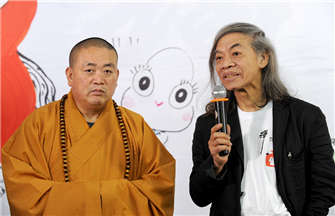
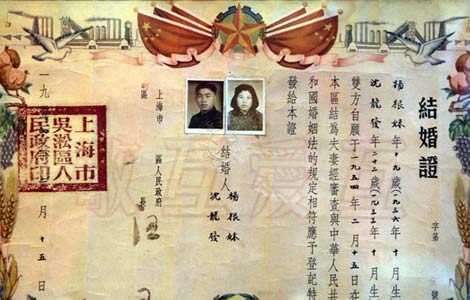




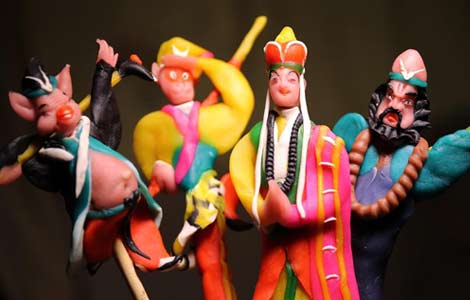












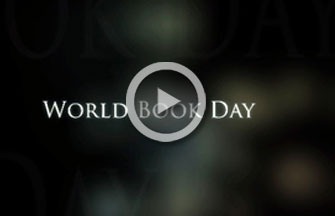
 Raymond Zhou:
Raymond Zhou: Pauline D Loh:
Pauline D Loh: Hot Pot
Hot Pot Eco China
Eco China China Dream
China Dream China Face
China Face
